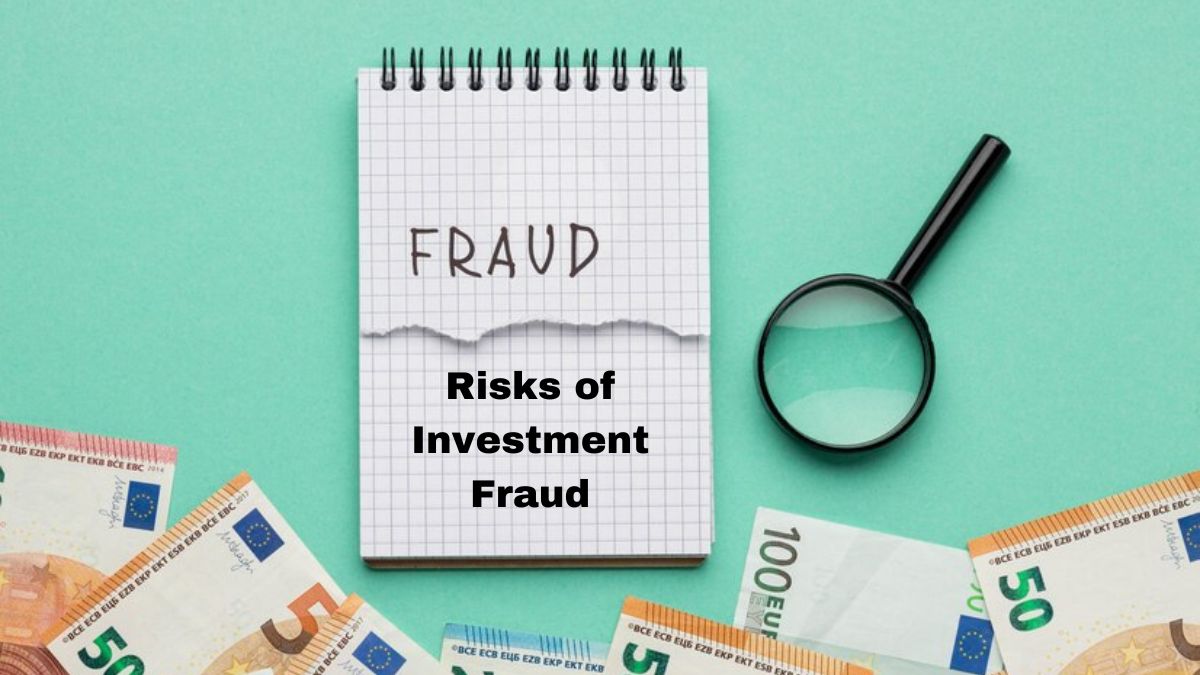Fraudsters use social media to promote investments that promise high returns with little or no risk. These offers often rely on “secret” or confidential information.
Be suspicious of any information that appears to be from a fake social media account or email address. It may be easy for fraudsters to spoof credentials and impersonate legitimate sources.
Types of Fraud
Fraudsters exploit a variety of vulnerabilities, including information asymmetry. The perpetrator knows more than the victim, which gives them an advantage over the victim when making a financial decision. The rapid growth of technology has also provided fraudsters with new tools to exploit vulnerabilities and deceive victims.
Investment fraud can take many forms, from bogus stock offers to Ponzi schemes to identity theft. The most common frauds involve the sale of high-yield promissory notes and cannabis-related investments, but fraudulent debt opportunities are popping up everywhere. The infamous Bernie Madoff Ponzi scheme stole billions of dollars from affluent investors.
Investment scams target many seniors, a problem partly due to a lack of awareness among the population about common fraud tactics. Additionally, retirees often have much money saved, and “get rich quick” schemes can appeal to those on fixed incomes.
Advisors and firm employees must be vigilant to red flags of fraud and educate themselves about the different types of investment fraud. To reduce fraud risks, they should always verify the information before acting on a potential deal and be suspicious of requests to provide personal or financial data over the phone, email, or the Internet. It’s also essential for them to know their rights as a crime victim and report any suspected fraud to the appropriate authorities.
Scams
When fraudsters try to steal money from a victim, they often give themselves away by using high-pressure tactics or offering investments that aren’t legitimate. For example, they may insist that you invest more money immediately or claim you must pay taxes or fees before withdrawing funds. You can often file a complaint to get your money back. However, your chances of getting your cash around depend on whether the authorities take action against the fraudsters.
Fraudsters target groups of people based on common characteristics, such as age, ethnicity, or religion. These scams are known as affinity fraud.
Affinity fraudsters can use a variety of tactics, including social media and newsletters, to promote fraudulent investment opportunities. They might create a buying frenzy by spreading fake information, such as about an exciting new business or mining profits. This can cause investors to buy stocks at artificially high prices. Later, when the stock price drops, the fraudsters profit from selling worthless stocks.
Promissory note schemes trick individuals into lending money to a company or individual with the promise of stable interest payments. The schemers then steal the loaned funds. If the fraudsters cannot repay investors, they can be forced by the courts to return the stolen funds through a process known as disgorgement.
Prevention
To avoid investment fraud, it’s essential to be aware of the different tactics used by scammers. It is also necessary to take the time to thoroughly research any investment you are considering, especially those that are marketed as “too good to be true.” Scammers often target older investors, who may feel pressure to invest their retirement savings quickly. In addition, it is essential to understand your rights as a crime victim. If you need to determine your rights, contact your local police department or the VictimConnect Resource Center to learn more.
While educating yourself about scams is helpful, fraudsters continue to innovate and find new ways to steal your money. Keeping up with fraud news and trends is critical to staying safe, so subscribe to consumer newsletters and seek information on current investment frauds.
Another critical way to protect yourself from investment fraud is to check the registration and licensing status of anyone you are considering investing with, even if they are someone you know personally. It is easy and free to check a person’s background and history with your state securities regulator. If you notice any account discrepancies, such as unauthorized trades or missing funds, immediately talking with your advisor about them is also a good idea.
Recovery
Sadly, many investors lose money as a result of investment fraud. These scams can include securities fraud, price fixing, pump-and-dump schemes, FINRA violations, hedge fund fraud, and other fraudulent activities. These fraudsters often target seniors and people more susceptible to financial scams. Our skilled lost investment recovery lawyers have experience handling these types of cases.
To help protect yourself against investment fraud, it’s a good idea to be wary of anyone who claims to be a “name dropper” or to have access to celebrities or wealthy insiders when promoting an investment. It would help if you were suspicious of anyone asking for your personal information or remote access to your computer or mobile device.
It’s essential to report any incidents of investment fraud immediately. By doing this, you can help law enforcement to track down the fraudster and prevent other people from becoming victimized. You can file a report online through Action Fraud, the UK’s national reporting center for fraud and cybercrime.
Those who have been victims of investment fraud should keep a detailed file of all documentation and communication they have with the perpetrator. best remodeling contractors front royal va this includes any notes, documents, or correspondence related to the scam and any reports made to law enforcement. Additionally, victims should file a claim with the SEC to recover their losses.











